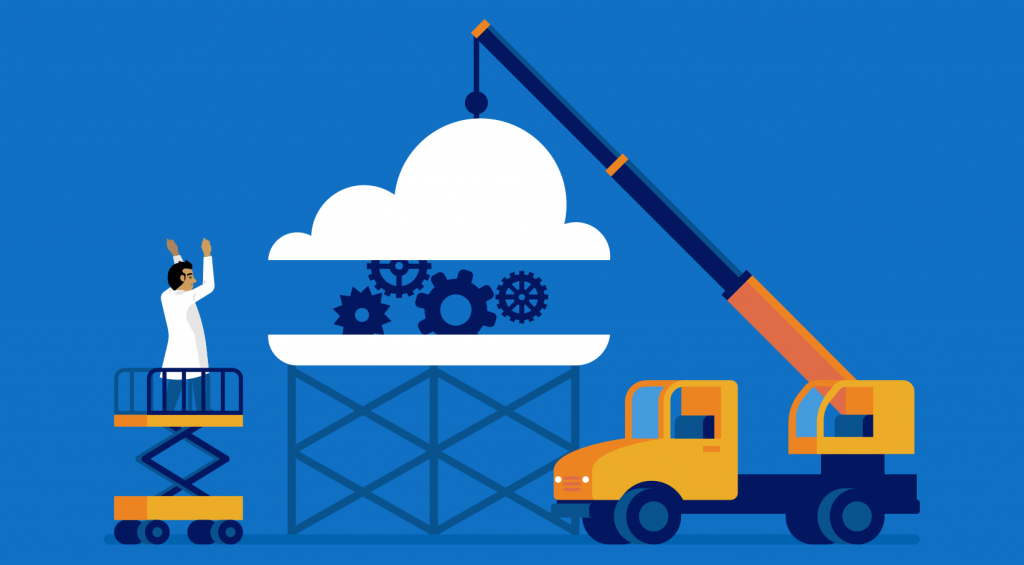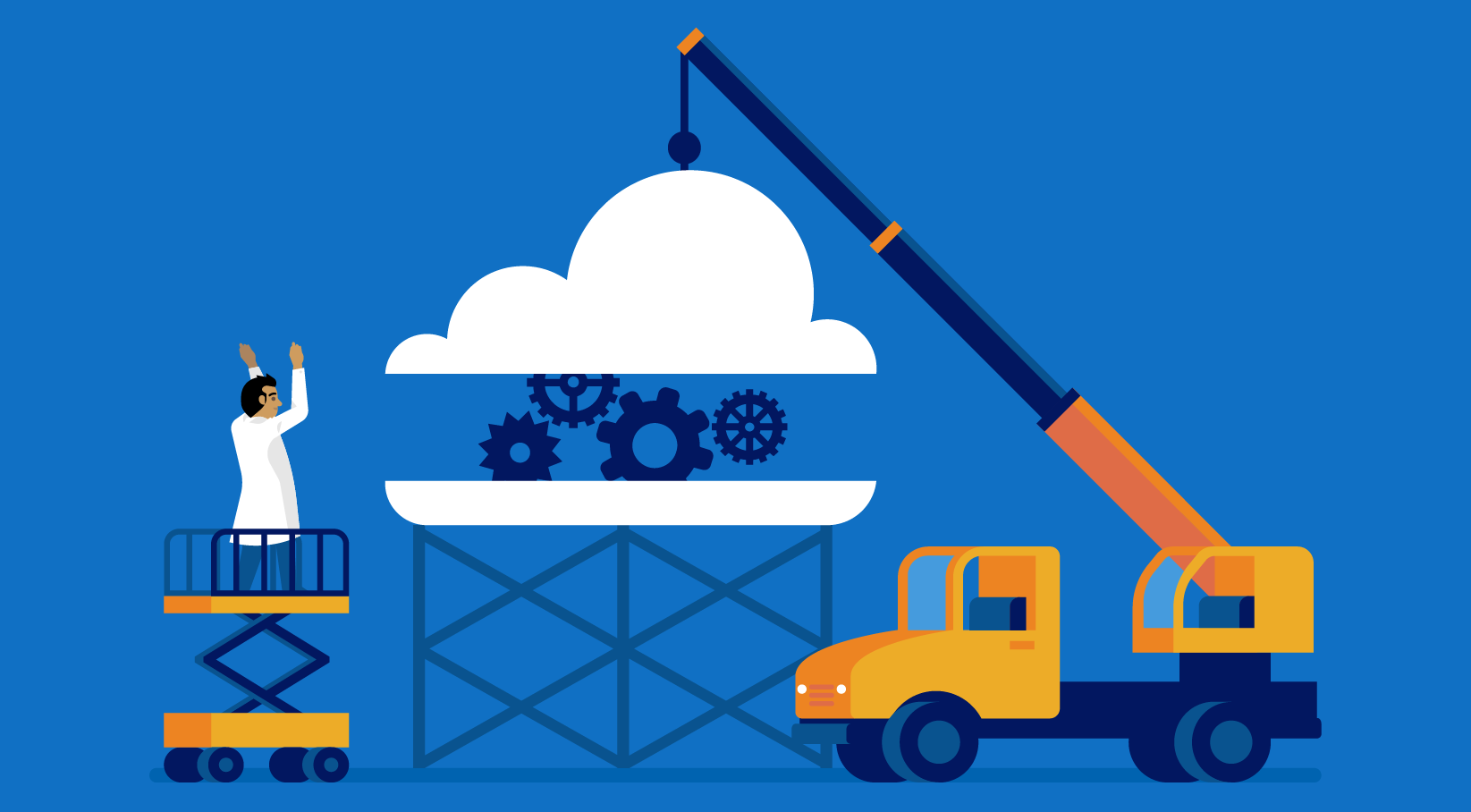
AI in health: Are we there yet?

The upside artificial intelligence (AI) opportunity is undeniable for every health ecosystem stakeholder. You can feel the anticipation. By 2020, Gartner predicts that 70% of healthcare provider CIOs will cite advanced analytics as their top priority. By now, nearly every senior leader is evangelizing the value of a comprehensive, enterprise-wide AI strategy to accelerate their digital transformation.
It feels like AI is on the verge of going mainstream with 50% reporting AI as a top strategic priority to improve performance and cost effectiveness, yet only 4% of CIOs in their survey consider it a top priority for funding. So what exactly are these AI leaders doing that is substantially different and putting them ahead of the pack?
Foundation first
A recent HIMSS Media Report pinpoints what these AI leaders are doing to create a culture of innovation. In short, AI leaders start their AI journey by first building an AI foundation of innovation readiness and processes. To become “innovation ready”, Chief Data Officers will tell you that a critical piece of AI work is the groundwork for data preparation. It’s hard to imagine building a house without first preparing the foundation, and most organizations start construction on their AI house before doing the foundational data preparation work needed for AI to succeed.
Preparing data to be AI-ready involves more than just correcting errors, duplicates, or reformatting. Data needs to be extracted, organized, and labeled in ways that allow machine learning tools to generate the kind of enterprise-grade AI models that can drive transformative business or clinical process change.
Microsoft is reducing the time, cost, and complexity of laying your AI foundation
Very few health organizations are equipped with the tools, skills, and resources they need to do the data preparation groundwork that AI needs to succeed. That’s why Microsoft chose to host HL7® FHIR® DevDays 2019 in the Microsoft Conference Center in Redmond, WA earlier in June. HL7 FHIR, or Fast Healthcare Interoperability Resources, is an open interoperability standard that can extract and organize siloed data from disparate sources (20 or more databases for many organizations) into AI-ready data sets. Collaborating with HL7 and industry experts, we hosted over 100 hands-on tutorials and hackathons, as well as keynotes to upskill our customers and partners to be able to install their AI foundation. We also joined top interoperability and AI experts from around the world to find ways to further improve the HL7 FHIR standard.
Beyond preparing data for AI, health systems also need a simple and safe way to protect, control, and track access to protected health data at scale. Open cloud platforms coupled with new AI dev tools are making it easier for developers to create innovative applications and to collaborate in powerful ways at scale. At Microsoft, we share the same commitment and challenges to deliver better care so we we’re taking the same approach with healthcare development to help improve operational outcomes. For example, we first developed our Azure API for FHIR®as an open source project, and we’re doing the same with our recent FHIR® R4 and our SQL persistence provider projects.
We are also growing our open source healthcare team at Microsoft Healthcare with a focus on high-impact approaches to health data interoperability, working with stakeholders across the ecosystem of hospitals, care providers, insurers, electronic health record system developers. With an open source project backed by an in-house engineering team, the gang has been able to add features at an impressive rate.
Get started on your AI foundation
Check out AI Business School for a leadership crash course on AI strategy, culture, and responsibility.
- Explore healthcare use case for AI
- Accelerate your AI in healthcare initiatives
- See how Ochner Health Systems integrated AI into patient care (need link directly to the video)
- Learn more about FHIR service for health data solutions
- Lighting up healthcare data with FHIR®: Announcing the Azure API for FHIR
FHIR® is the registered trademark of HL7 and is used with the permission of HL7




